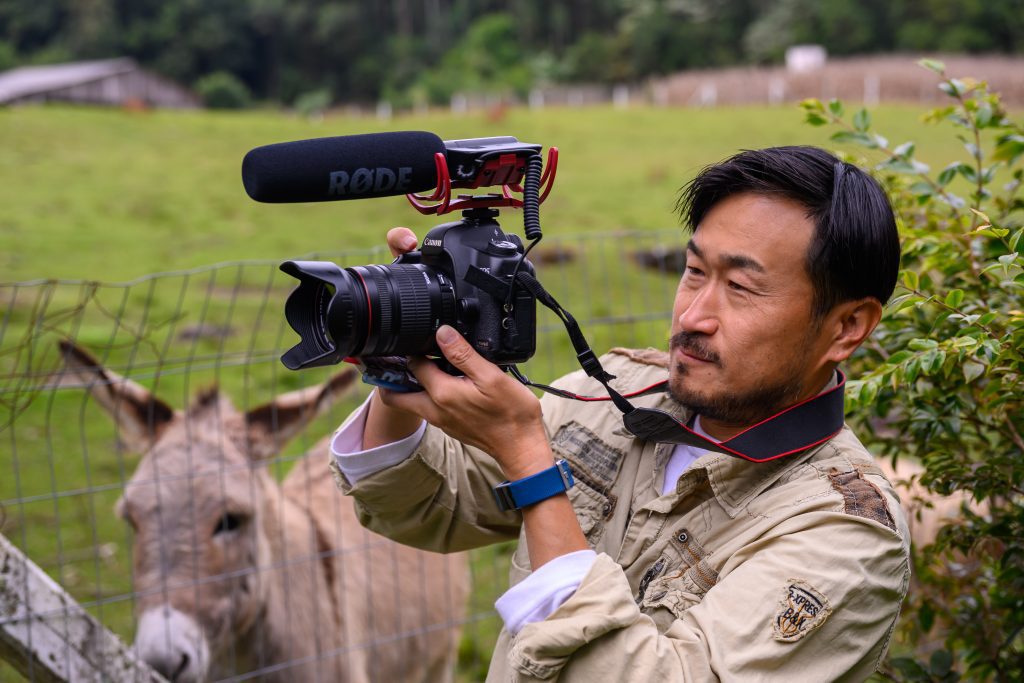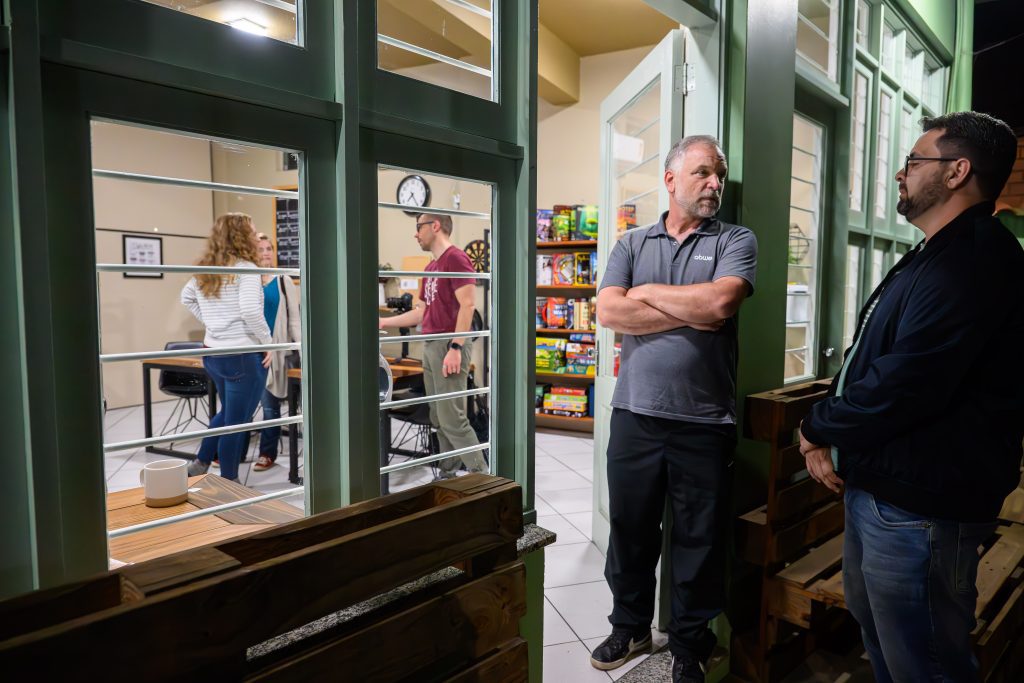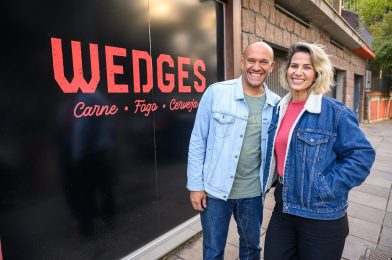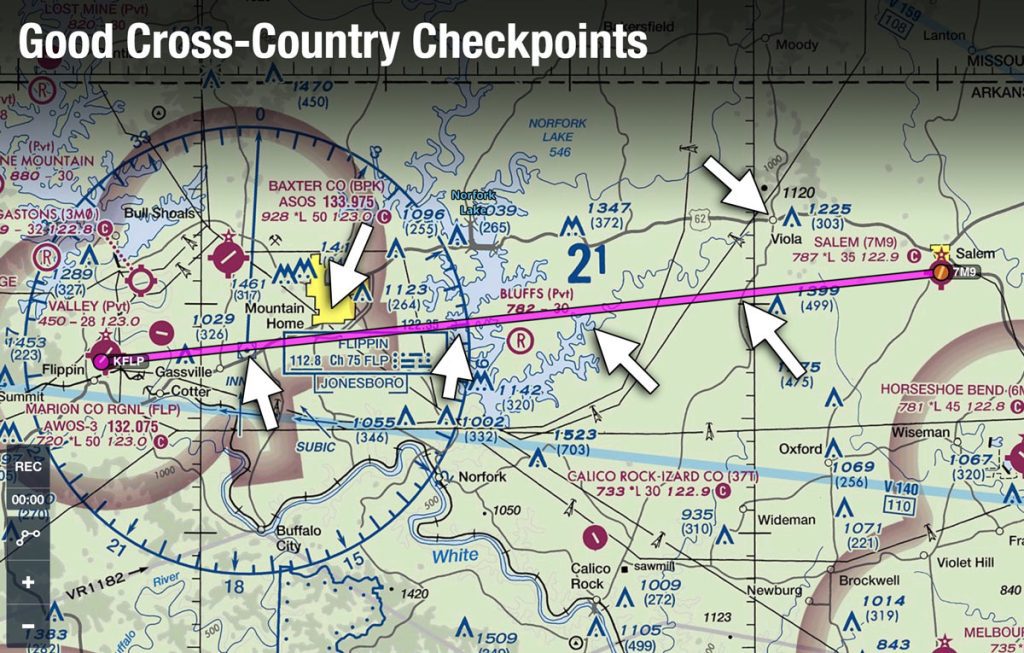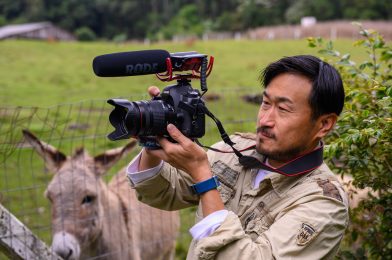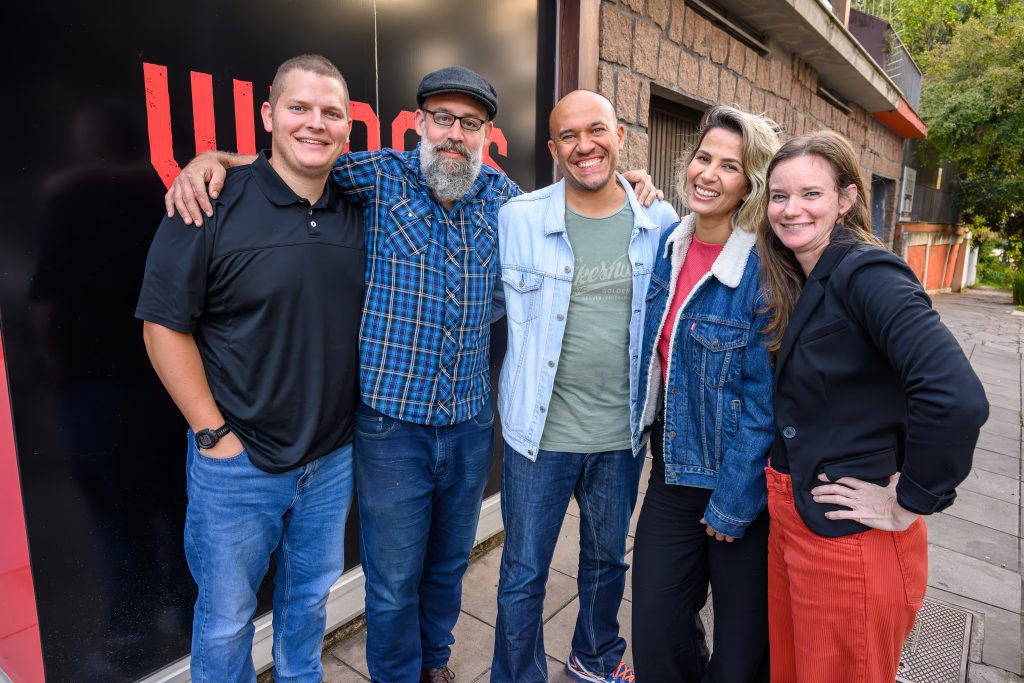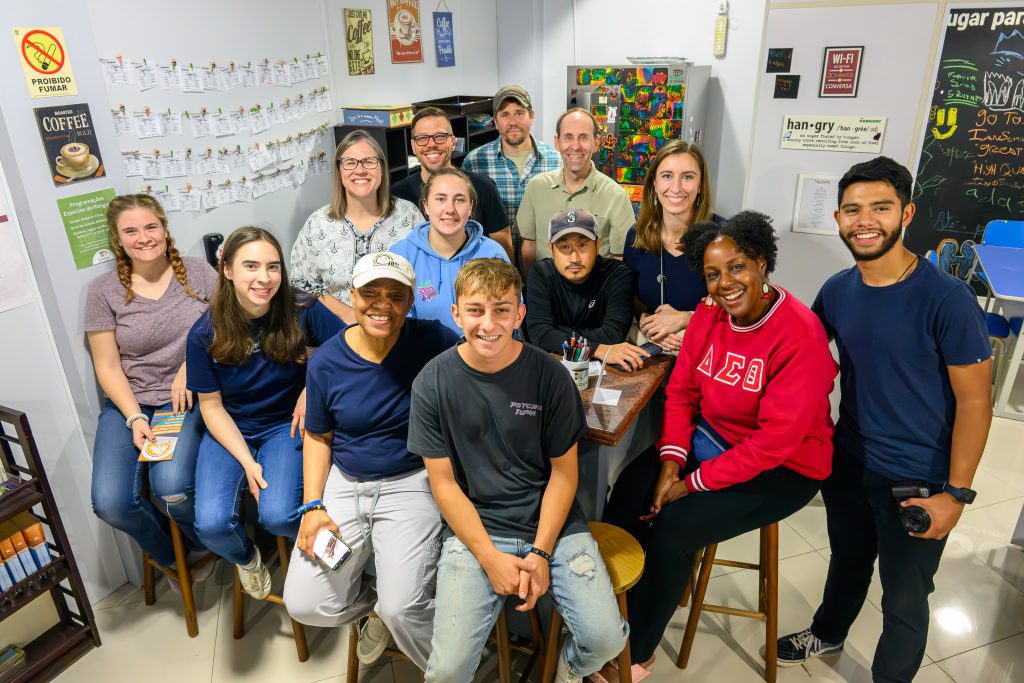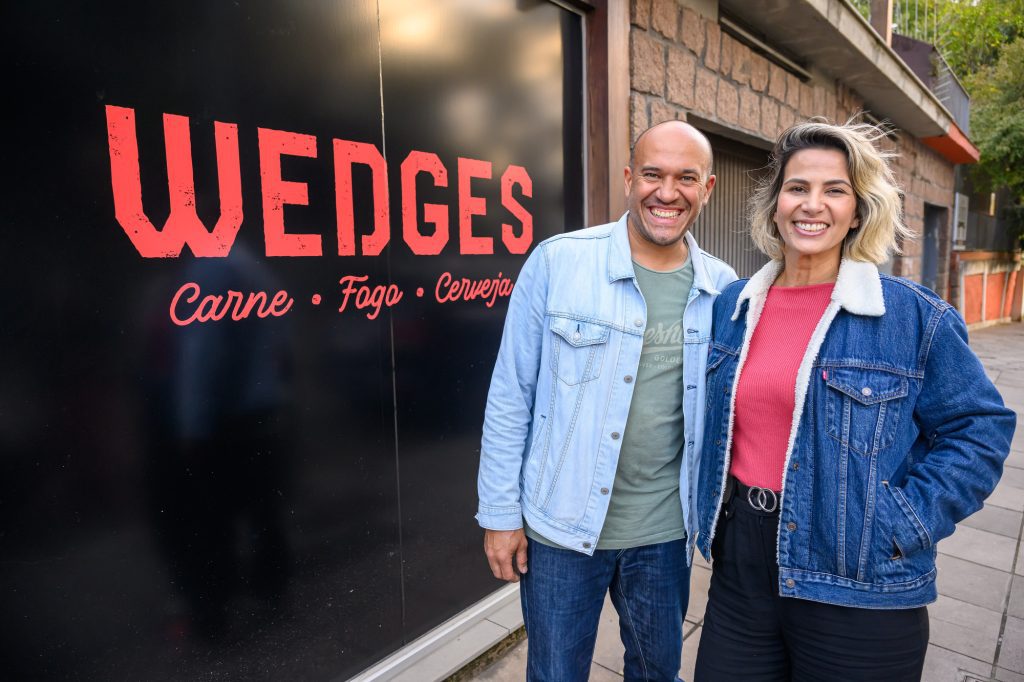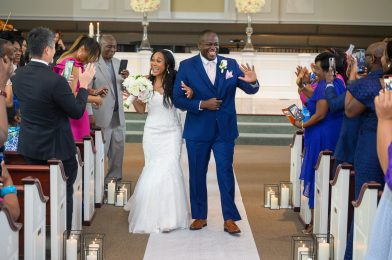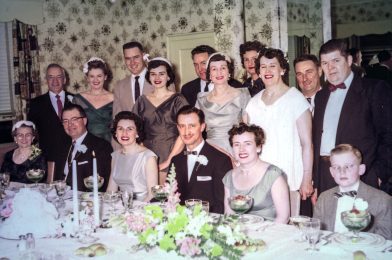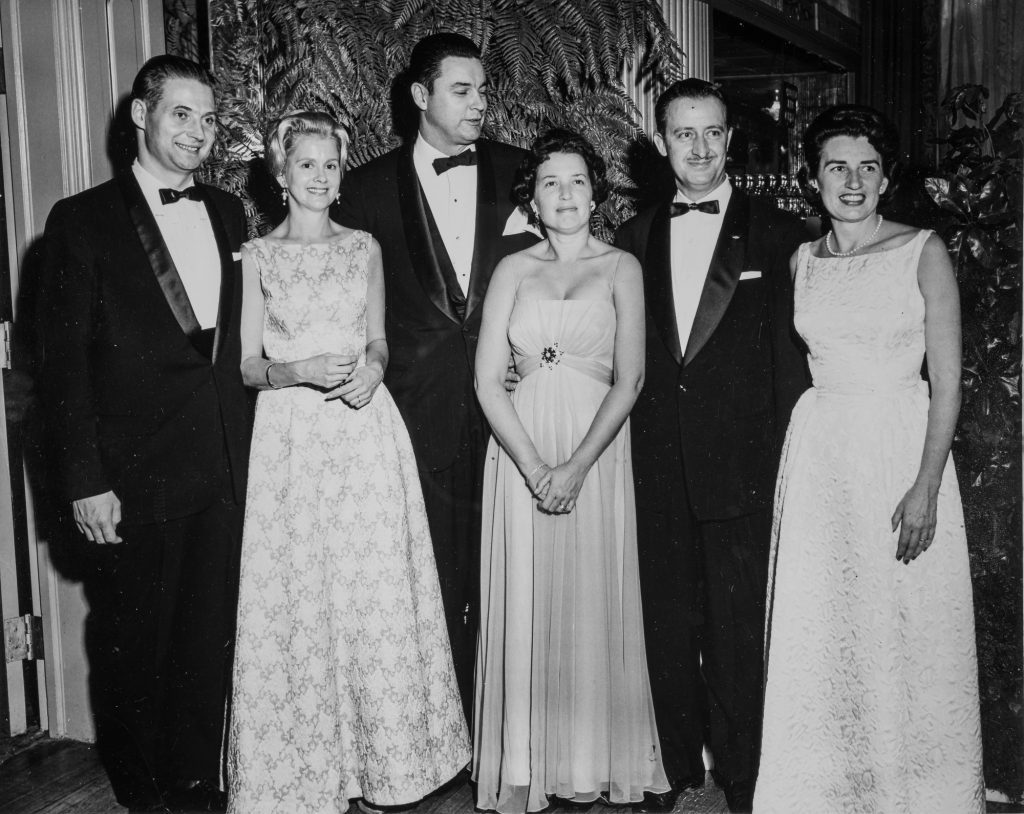In the world of photography, timing can be everything. The perfect moment can transform an ordinary scene into something extraordinary. As a passionate drone photographer, I recently had an eye-opening experience that reminded me of the power of shooting at different times of the day. Yesterday, while flying my trusty drone, I was once again captivated by how the changing light throughout the day can dramatically alter a photograph’s mood and overall feel. Join me as I share my reflections on this remarkable journey and explore the magic of capturing images at various times of the day.

- The Golden Hour: Dawn and Dusk There’s a reason why photographers refer to the hours after sunrise and before sunset as the “golden hour.” During this magical time, the sun casts a warm and soft light that adds a touch of enchantment to any subject. As I flew my drone in the early morning, I was greeted by breathtaking hues of pink and orange, casting long, cinematic shadows across the landscape. The serene calmness of dawn combined with the ethereal light creates a surreal atmosphere that can’t be replicated later in the day. Similarly, during the evening golden hour, the low-angle light bathes everything in a warm glow, bringing out rich tones and textures and creating a sense of tranquility.
- Chasing Shadows: Midday Drama While midday might be considered a less conventional time for photography due to the harsh light and strong shadows, it also offers unique opportunities for creative exploration. As I flew my drone during this time, I noticed how the sunlight created bold contrasts and played with textures. Shadows became an integral part of the composition, adding depth and drama to the images. By embracing the harsh light, I discovered that certain subjects, such as architectural structures or urban landscapes, can come alive unexpectedly. Experimenting with angles and compositions allowed me to capture intriguing patterns and shapes, resulting in a visually striking series of photographs.
- Nighttime Wonders: City Lights and Starry Skies As daylight fades away, a new world emerges, and the cityscape transforms into a dazzling tapestry of lights. Shooting with my drone at night opened up a realm of possibilities for capturing the magic of urban environments. The vibrant city lights, gleaming reflections, and moving car trails created an electrifying ambiance. Utilizing long exposures and experimenting with different camera settings, I could capture the mesmerizing trails of light painting the night sky. Furthermore, venturing beyond the city lights, I found myself in awe of the captivating beauty of the starry night, capturing the serene stillness of the universe above.
- Weather and Seasons: Nature’s Paintbrush Beyond the time of day, weather conditions and changing seasons also play a crucial role in drone photography. Each season, from the misty mornings of autumn to the vibrant colors of spring, adds its unique touch to the landscape. Rainy days can create moody, atmospheric shots, while stormy skies and dramatic cloud formations can add a sense of dynamism and power to the scene. I captured nature’s ever-changing moods by venturing into different weather conditions, showcasing its diverse and breathtaking beauty.
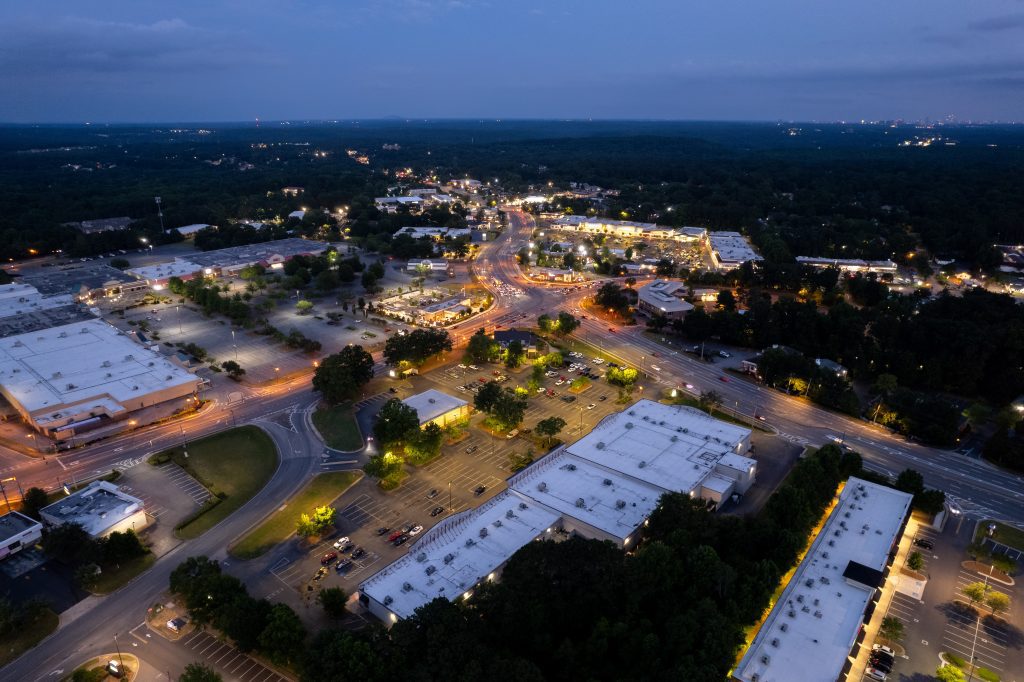
Conclusion: As drone photographers, we can capture the world from new perspectives and explore the nuances of time and light. Shooting at different times of the day allows us to unlock the full potential of our subjects, unveiling their inherent beauty and character. Whether it’s the soft golden hues of dawn, the captivating play of shadows during midday, or the luminous city lights at night, each moment offers a unique opportunity for creativity and self-expression. So, the next time you take your drone to the sky.



